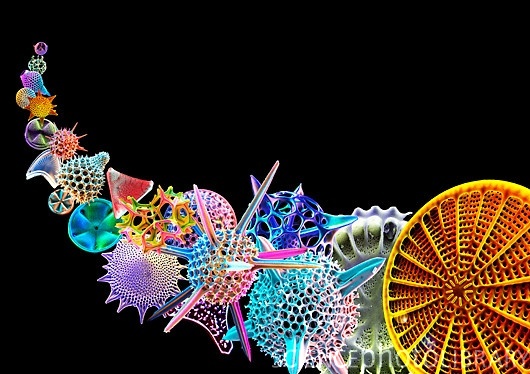Question
How do you distinguish between hard and soft maple? I have read that you can do so with a 10X magnification. I need more information on how to differentiate what the pores would look like in sugar maple and red maple at that magnification. I have also read that a solution of ferric salt will work. Iím completely unfamiliar with this process as well.
Forum Responses
(Sawing and Drying Forum)
From contributor B:
I've never tried it, but according to an article in October 2006 Wood Magazine, mix 2 tablespoons of ferrous sulfate (iron sulfate) in one cup of water and shake until dissolved. (They say ferrous sulfate is available at lawn and garden stores.) Wipe on wood and wait for color change. Soft maple will turn a translucent blue-black, hard maple will turn greenish gray.
Hard maple typically has two types of rays. One type is wider and easy to see by eye. The other is very narrow and may not be visible without a hand lens. Soft maple, on the other hand, has rays of more uniform width without there being two very distinctly different ray widths.
So, take some end grain, slice it very cleanly with a razor blade, and observe the wood structure. The cut has to be very clean. Also, spit on it or put a little water on the cut to improve visibility. If it is hard maple, the large rays will be visible to the naked eye. When you look at it with the hand lens, you will see another set of much smaller rays that are not easily seen with the naked eye. Very obvious size difference (big and little). With soft maple, the ray size is more uniform and there are not two very distinctly different sets of rays.
